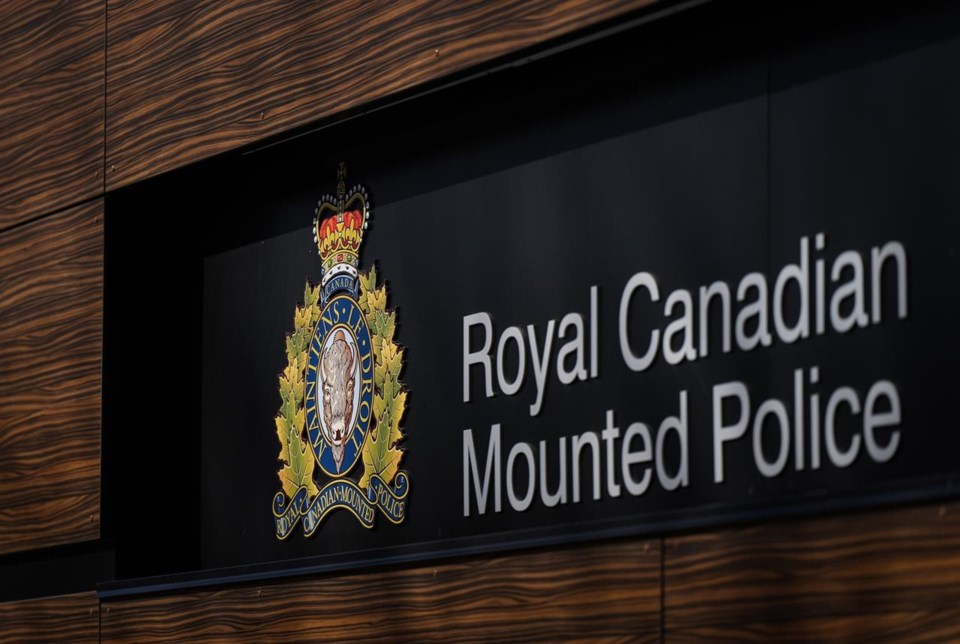ST. ALBERT, Alta. — Alberta's police watchdog says Mounties may have broken the law when they arrested an autistic teen at a playground, but Crown prosecutors have recommended against charges.
The Alberta Serious Incident Response Team investigated the 2022 arrest of the 16-year-old boy at a park in St. Albert, northwest of Edmonton.
"If a police officer arrests an individual without the proper grounds, they may be committing the offence of unlawful confinement," ASIRT executive director Matthew Block wrote in a report released Wednesday.
"If force is applied in the arrest, the officer may also be committing an assault."
ASIRT said a witness had called 911 concerned someone at the park shouldn't be there on his own, either because he had a disability or was on a bad drug trip. The caller believed the person was in his early 20s and said he wasn't hurting anyone.
The first officer to respond saw the teen playing on swings and in the sand, and followed him through the park while unsuccessfully trying to get his name. The teen left the park for about a half-hour.
Based on a licence plate on a nearby vehicle, the officer mistakenly thought the teen was a known drug user in the area. After the boy returned, the officer called for backup and two colleagues arrived thinking they would be dealing with a different drug user known to be combative with police.
Another witness described how the three officers engaged with the boy, saying they addressed him in a "calm and measured way" and tried to figure out his name.
"The officers also discussed that the (teen) was not who they thought he was. Two officers came from behind the (teen), grabbed his arms, and handcuffed him. The (teen) was yelping, making loud sounds, and yelling erratically," Block wrote in the report.
"(The witness) thought that the (teen) appeared to have a mental disorder and was not intoxicated. The (teen) was very distressed and (the witness) found it difficult to watch, so he left."
Officers arrested the boy on allegations of public intoxication. In a recording of the arrest, officers are heard telling the teen to relax and asking his name and if he has weapons. The boy is heard screaming and saying, "Help!" "Mom!" and "It's OK."
ASIRT said the teen became increasingly agitated, hitting his head intentionally in the police vehicle and in his cell, where the handcuffs were removed. Paramedics took him to hospital to be treated for mild swelling to the front of his head and redness on his wrists.
Almost three hours after the first officer arrived at the park, a call came through to the RCMP that the teen had been reported missing.
"Three of the four civilian witnesses who observed the (teen) recognized that he could be or was likely neurodivergent," Block wrote.
"The subject officers all seem to have thought they were dealing with specific known drug users … this appears to have affected how they treated the (boy)."
It's up to ASIRT to decide if there are reasonable grounds to believe officers have committed a criminal offence, Block wrote. But prosecutors must decide if a conviction is likely and if pursuing charges is in the public interest, he added.
"As is evident in this case, the application of these two different standards to the same investigation will, in some cases, result in different conclusions regarding the same file."
This report by The Canadian Press was first published March 27, 2024.
The Canadian Press


